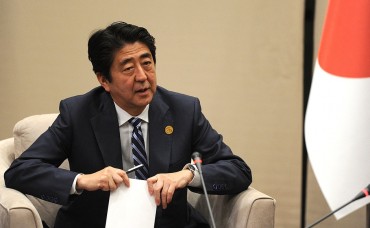
The analysis showed that the lactobacillus occurs about 700 times over a week in the case of red pepper kimchi fermented at 25°C and maintains 1,000 times the initial outbreak from the 11th day. (image: Rural Development Administration)
SEOUL, Jan. 6 (Korea Bizwire) — Lactobacillus bacteria, which are effective in improving the immunity of women and infants and improving atopic dermatitis, are found to occur on a large scale in kimchi, a traditional Korean side dish made of fermented cabbage, salt and hot peppers, fermented at 25°C.
The Rural Development Administration (RDA) announced the results Sunday after investigating and analyzing the ecological characteristics of lactobacillus bacteria in kimchi, such as “Lactobacillus fermentum”, which increases the immunity of women and infants and “Lactobacillus paracasei”, which is offers anti-inflammatory and antioxidant benefits, as well as atopic improvement.
According to an analysis of the ecological characteristics of Lactobacillus fermentum, the lactobacillus was not detected at all in all kimchi fermented at 4°C and 15°C and in red pepper kimchi fermented at 25°C.
However, about 40,000 Lactobacillus fermentum were found in white kimchi fermented at 25°C on the third day.
“We have scientifically confirmed that eating white kimchi fermented at 25°C can improve the immune system of women and infants,” an RDA official said.
In addition, Lactobacillus paracasei, which has anti-inflammatory and antioxidant properties, is found the most in red pepper powder kimchi fermented at 25°C.
The RDA analysis showed that the lactobacillus occurs about 700 times over a week in the case of red pepper kimchi fermented at 25°C and maintains 1,000 times the initial outbreak from the 11th day.
On the other hand, the case of white kimchi fermented at 25°C was analyzed to have lactobacillus occurring 250 times over a week and quadrupled again for the eighth day.
White kimchi fermented at 15°C showed an increase in lactobacillus about 200 times in two weeks, but only 10 times more in red pepper kimchi, the report showed.
It is the first time that it has been confirmed that kimchi has different levels of lactobacillus depending on the conditions of its fermentation, said Park Dong-suk, an RDA researcher.
The RDA said it also developed the world’s first “kimchi lactobacillus ecological map,” which analyzes the ecological characteristics of kimchi lactobacillus based on such information.
D. M. Park (dmpark@koreabizwire.com)






